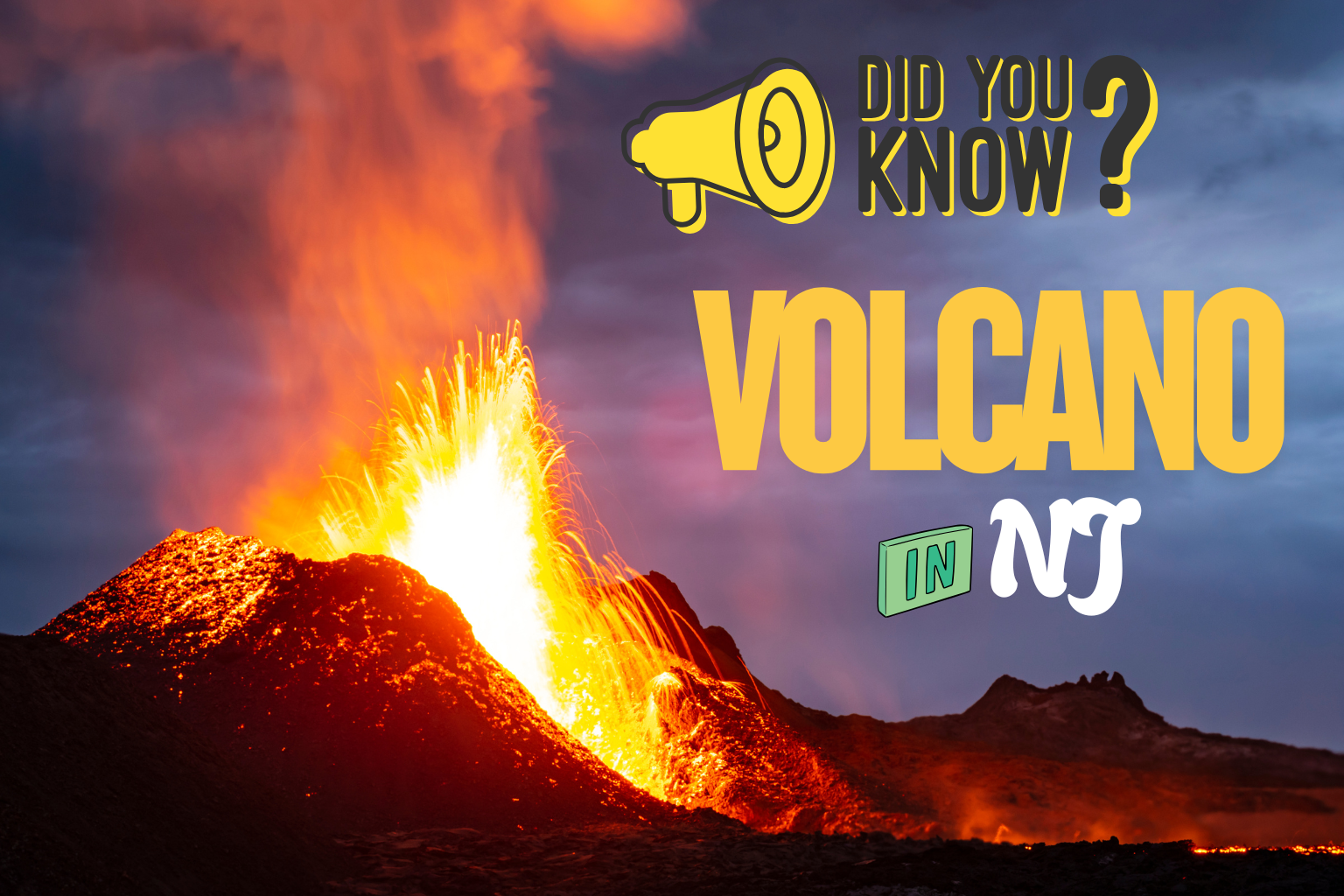New Jersey’s Hidden Volcano: The Silent Legacy of Beemerville

Rutan Hill, often known as the Beemerville Volcano, is a peaceful Sussex County woodland with a sinister mystery. There was volcanic activity in New Jersey. Scientists call the site a volcanic neck, the hardened internal conduit of a volcano whose cone has fallen away. Today, it’s quiet and tree-covered.
Rutan Hill rises 1,020 feet, 270 feet above the watercourse. This is private land in Wantage Township, thus casual people cannot enter. The hill has a vertical, pipe-like diatreme that ejected molten rock and gases. Volcanic plumbing fossils. Hundreds of millions of years of geologic evolution erased volcanic cones and explosions.
Rutan Hill and the Beemerville Alkaline Complex originated around 420 million years ago. The complex in southeastern New York’s Cortlandt-Beemerville magmatic belt has nepheline syenite intrusions, dikes, sills, and the diatreme. Geological examinations show that this structure’s magma penetrated older Martinsburg and Shawangunk formations but not later ones.
Beemerville—including Rutan Hill—is gone. No eruption is likely since this region no longer has the tectonic and mantle conditions that allowed volcanic forces to reach the surface. Since the eastern US is far from active plate borders and mantle hot regions, volcanic activity is improbable.
Although it cannot erupt again, this ancient volcano is scientifically valuable. Only a few US sites have nepheline syenite, a rock generated under alkaline magma conditions. Geologists use it to reconstruct Earth’s deep thermal, chemical, and tectonic history.
The volcanic neck of Rutan Hill has homes, but few people live there. No one can freely explore the rock formations because it’s not a park. Volcanic Hill Road leads to private property, not public.
Beyond granite outcrops, the Beemerville Volcano displays New Jersey’s turbulent history. Faults, cracks, and volcanoes altered crustal structure hundreds of millions of years ago. Erosion, uplift, and sedimentation created hills, valleys, and forests in that volcano. Rutan Hill illustrates that Earth’s restless energy, heat, and pressure lay beneath the tranquil terrain.
Even though New Jersey has no active volcano, this hidden relic offers a fascinating glimpse into the past. Rutan Hill provides geologists with a hidden Earth history in molten rock and stone.
Sources
Information compiled from geological surveys, historical research on the Beemerville Alkaline Complex, and regional publications discussing the volcanic history of New Jersey.




